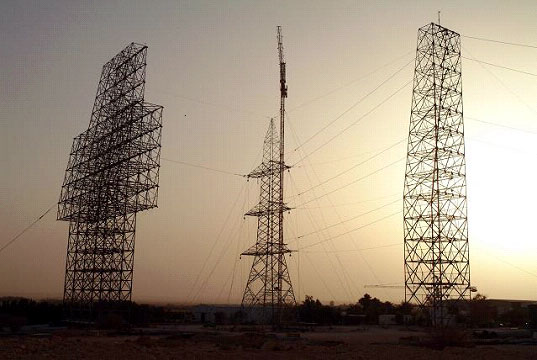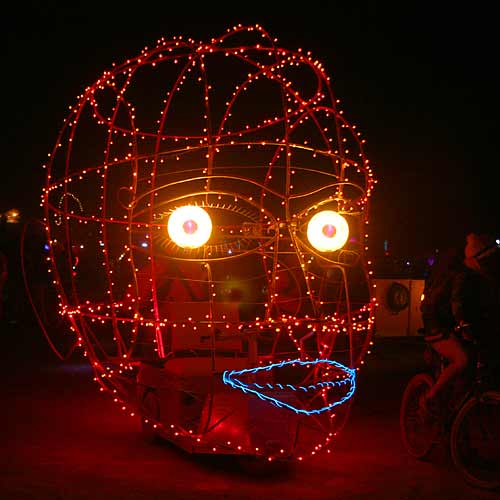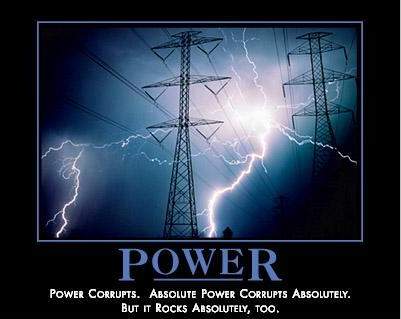
Deuxième itération : le modèle de l'énergie
The rise of the energy model in the West is marked primarily by the appearance of Mesmerism towards the end of the 18th century. Anton Mesmer, who was not an occultist but who was on the other hand regarded by his contemporaries to be a "miracle worker" of sorts, rediscovered amongst other things the ancient healing disciplines of hypnosis and magnetism. He popularized his theory of "animal magnetism" which he saw as a subtle force inherent in organisms, but he also made heavy use of metal magnets for healing purposes. While the French Revolution put a temporary end to Mesmer's movement, his ideas were not lost. They were taken up by a number of others, primarily occultists, who drew on them while developing their own theories of magic. One of the first to do so was Bulwer Lytton of the Societas Rosicruciana in Anglia (SRIA), who postulated the existence of a subtle energy which he termed Vril, possibly deriving from Latin virilitas or "force, power, strength". (This was actually the model for the naming of Bovril, from Latin "bovis" or "ox", and Vril or "life force".) We can observe interesting parallels to this concept in the vitalist theories of biology which emerged around the same time. Other exponents of the energy model of magic (not then so termed) were Reichenbach with his concept of Od, Eliphas Levi and his Astral Light and Mme. Blavatsky, who adopted the theories of Prana from Yoga physiology. This was also the time when anthropology and ethnology discovered the Polynesian concept of Mana and Asiatic scholars began to concern themselves with the Chinese principle of Ki or Ch'i (Chi). The latter two go to show, of course, that the idea of subtle energies utilized by magic is far older than the 18th century. In fact, we can observe it already in early shamanic cultures. Shamanic magic is very frequently a mixture between spirit and energy model, e.g. the shaman may call upon his spirits or gods to give him "power" or he may, vice versa, use his power to extort favors from them. In its pure form, however, the shaman or magician is not in need of spirits and other entities. The world is viewed as being "vitalized" by subtle forces or energies and his primary task consists in mastering the art of perceiving and manipulating them. As all phenomena are basically energetic in nature, the existence of an otherworld is not strictly required. Thus, the magician is more of an "energy dancer" than a "fence rider" or go-between. But even here the key to the perception, charging and general utilization of these forces is again the magical trance or, as Chaos Magic terms it, gnosis. Theories and practices pertaining to the energy model can be found with many magical authors but it has seen its real, large scale popularity only since the seventies of our century when the general influx of Eastern thinking (pace the Hippie movement) made concepts such as chakra and kundalini work a mainstay of most occult disciplines. Strong energy model elements can also be found in Franz Bardon's system of "electromagnetic fluids", "condensators" etc. |
|||
Chaque élément de l'univers a son propre rythme, et chaque rythme individuel est à la fois plus simple et plus complexe que le rythme universel [fractalité de l'univers, la fractale comme indice et symbole de la cohérence interne]. Ce rythme est dû à l'énergie que chaque élément reçoit en permanence des autres entités qui composent l'univers. En retour, le rythme produit de l'énergie et en accumule. Les rythmes, les fréquences ne sont que des représentations des flux d'énergie à travers les choses. Plus une entité possède d'énergie interne, plus elle a des libertés dans sa façon de la libérer, et plus elle a d'influence sur l'univers et d'impact sur la réalité. L'utilisation de la magie selon ce paradigme consiste à voir la cause ultime de chaque événement comme un déplacement d'énergie. L'énergie est fluide, elle suit plus facilement les routes déjà tracées, ce qui signifie [cf. fourmis] qu'en la forçant à prendre un certain chemin plusieurs fois de suite il n'y aura plus besoin de dépenser d'énergie pour lui faire reprendre ce chemin, elle l'aura d'une certaine façon mémorisé. En partageant son énergie avec les autres entités, une entité impose son propre rythme à d'autres entités, et modifie leur rythme. Ainsi quand plusieurs entités sont en harmonie, chaque entité apporte de l'énergie au tout et permet aux autres d'accumuler de l'énergie, c'est une espèce de symbiose énergétique. La chance aussi est une énergie. Au backgammon, pendant la course seule la chance compte, en faisant pencher la balance avant la course on s'économise en chance sur la fin (pour la partie d'après). Pour comprendre la chance il faut voir les constantes[cf. code], et concentrer son énergie dessus et non s'épuiser à manipuler directement les dés (technique possible aussi mais trop demandeuse d'énergie, et puis c'est dur de rester coïncidentel quinze fois de suite). Une autre façon de voir la chance est une synchronie d'événements *apparemment* indépendants. Il faut se rappeler que comme tout est relié rien n'est totalement indépendant (effet papillon tout ça), simplement notre intelligence et notre conscience sont beaucoup trop simples par rapport à l'immensité de l'univers qu'il n'est pas possible pour nous de voir tous les liens en même temps. Notre esprit ne nous permet de voir qu'une parcelle de tout ça, et comme nous croyons que ce que nous ne voyons pas n'existe pas, nous imaginons l'indépendance entre certaines choses (alors qu'en fait il s'agit plus d'un "éloignement ontologique" que de réelle indépendance). La chance est donc une coïncidence, et comme rien n'est indépendant, les coïncidences n'existent pas [cf. jung, synchronie]. La chance n'existe donc pas. |
|||

[nuclear elemental]
II.
réalité = boucles qui tournent (énergie qui circule)
nous sommes nous-même des boucles (étranges)
l'esprit découpe la réalité en boucles
(
on cherche l'énergie pour constamment rééquilibrer nos propres boucles, et une fois qu'on a trouvé l'énergie on a trouvé le rythme, et c'est l'inertie qui prend le relais
[inconscient = inertie ? inconscient = automatique ?]
)


feu : {heat = energy}
